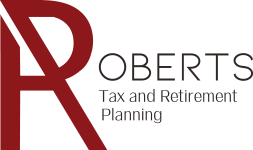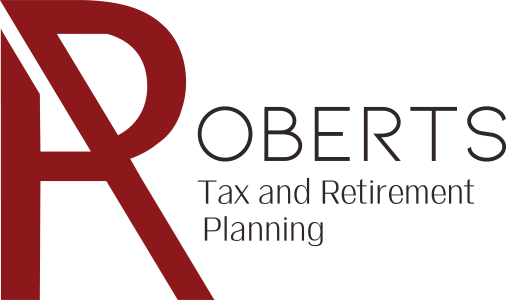If you give your children an allowance while they’re still in grade school, the IRS isn’t likely to chase down any technicalities. But if you give your dependent or adult children larger monetary gifts or you want to start helping them plan for retirement, you need to plan carefully. Here are three strategies to help you get started:
Break up large gifts so they’re below the tax-free cap.
The IRS sets a tax for large monetary gifts, even if you’re just giving money to your children. In 2018, they changed the annual gift exclusion amount from $14,000 to $15,000. So if you’re helping your adult children with a down payment or a master’s degree, keep the cap in mind. Consider breaking up the gifts across two or more calendar years so no one gets penalized.
Put their earned income to work from an early age.
Whether they help you with your small business or they take on extra chores around the house, children can earn reasonable amounts of income. Put that money in a Roth IRA under the child’s name. If they’re younger than twenty-one years old, you also don’t have to worry about FICA and other employment taxes. Starting earlier gives the account the tremendous value of time. Even if they earn and contribute only $500 a year, that can turn into hundreds of thousands of dollars by the time they retire or need the money for a down payment.
Put your retirement accounts in trusts and make your children the beneficiaries.
Chances are that your children or your spouse are your beneficiaries for most of your accounts. But how you set up your accounts makes all the difference. Without the right precautions, they can inherit money in a large lump sum and pay a large tax burden on it. If your accounts are in a trust where the beneficiaries receive set distributions, the tax burden can be more manageable or even non-existent.
If you want to start planning out your taxes for this year and the future, set an appointment with one of our accounts at Roberts Tax and Retirement Planning.








